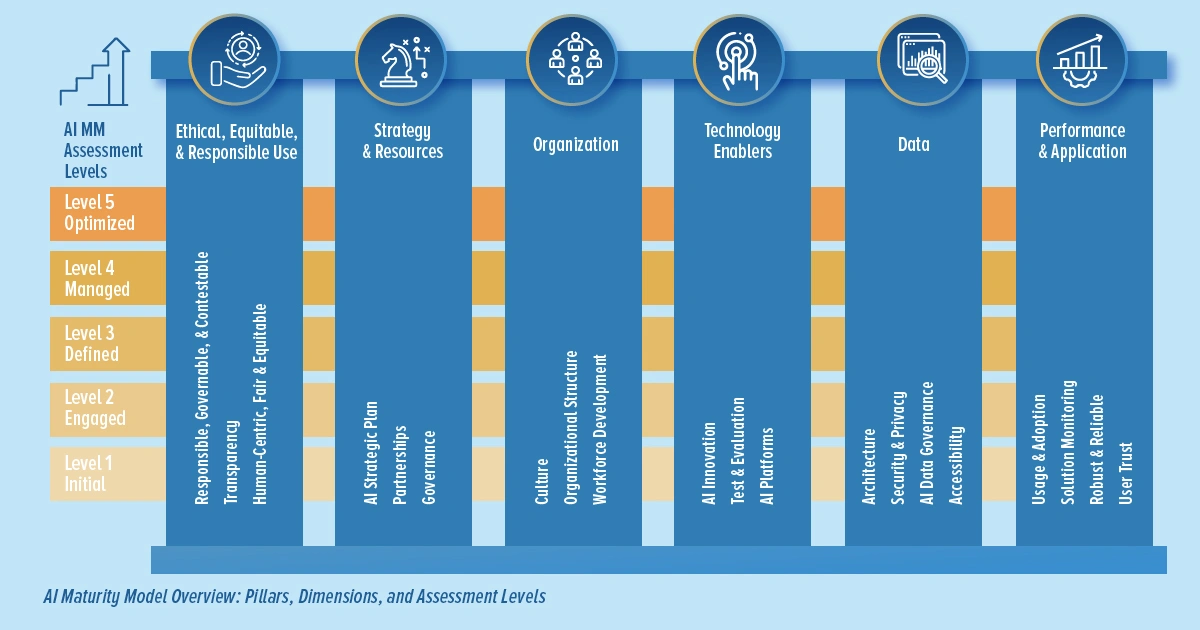
Why building a use case for AI can help Revenue Growth Management in CPG
Like you, I am continually bombarded with how AI (Artificial Intelligence) could be the solution for all things that are meticulous, redundant and manual. Having worked in the Consumer Products industry for quite some time, repetitive business processes have never been more common – they are demanding and to complicate things further, typically require a large team. To me, AI and CP appear to be a “perfect marriage.” However, that is where the “honeymoon” ends.
When I approach our AI Data Science group and ask for AI-enabled solutions to business processes, oddly I get a response similar to when I ask my wife what she wants to do about dinner. It’s something like, “I don’t know, you decide.” Understanding that while AI may be all the buzz, it requires a starting point or a use case to become an actual solution. So, if your organization is looking at AI to help with your RGM journey, you need to begin by writing a use case around a business process to determine if AI is a viable solution.
Not just automation, but Smart Automation
In the Consumer Products industry specifically, manufacturers who sell their products through the B2B route-to-market must deal with an inordinate number of touchpoints for their products across the distribution chain, accompanied by many planned, complex, overlapping contracts and purchasing incentives. Each distributor, operator or vendor impacts this route-to-market. Planned contracts and incentives are then executed or updated with actual volume, spending allowances and settlements/claims. These are the processes that CP manufacturers like you want to automate, but it must be Smart Automation, built on AI data-driven insights to predict trends and patterns.
What is your AI readiness?
We know that AI can be used to automate existing manual processes. AI is also used to enhance existing application processes. For example, it might automate decisions or analyze complex data from contracts coming from multiple internal and external sources. Order-shipping-billing systems traditionally require human intervention resulting in more errors, missed compliance and, consequently, increased costs. AI enables the enterprise to accelerate the process and save you money.
AI is complicated, and many organizations are still figuring out how to implement and gain value from their existing technology. So, you need to understand where you fall on a maturity model. Maybe you are currently in an awareness phase and have a transformational phase slotted into your 5 - 10-year strategic plan. All of these are factors contribute to your AI readiness.
Your initial action item will be to establish an AI strategy and measure yourself against an AI maturity model. Industry research can provide information on a maturity model you can use as a framework to understand where you fall on the maturity pillars.
What is your desired outcome?
One of the first steps to developing a use case is to define what you want AI to do with the process or identify a desired outcome. In most cases, you are trying to replace manual organizational processes and activities through automation. Or you may want to integrate internal technology with other internal and external systems.
CP manufacturers also frequently struggle with centralizing data across their IT ecosystem. Some manufacturers may be looking for AI to help them quickly scale up their business to increase the production capacity of a product and/or service. Ultimately, for these processes, CP Manufacturers want to develop better insight and analyze organizational data in detail, quickly making processes smarter and more efficient. You want to improve your process completion speed and accuracy plus your staff and stakeholder experience.
How to build a use case: the elements
The elements of your use case involve thinking like a software product manager, creating a new functional requirement and always starting with an end user card or agile development environment.
-
- User card: As an example, a claims reconciliation manager may want to, “augment and improve the claims validation process to prevent revenue leakage.”
- Process documentation and data points: Create a workflow matrix identifying manual touchpoints and system data. Highlight matrix redundancies.
- AI goals defined:
Consider how AI will augment and automate your processes to increase productivity by shifting people away from managing mundane tasks. Some of these tasks include:- Gathering external and internal data
- Comparing and contrasting digitalized content
- Defining exceptions to validation and highlighting them in a work queue
- Predicting the number of potential exceptions to reduce exceptions in the future.
- Success metrics defined:
For your process, your goals are:- Task or process automation with a reduction in processing time
- Reduce and prevent revenue leakage without staff augmentation
- Increase productivity using agreed upon workforce productivity metrics, such as time spent on value-added tasks.
The time is now to evaluate whether or not AI is right for your organization. Do so by assessing whether or not it will assist with your RGM journey so you’ll be prepared for the day when it is time to incorporate AI. In other words, do your homework now by creating a use case and set yourself up for success in the future. Don’t be left behind.
To learn more, check out this on demand webinar, “Exploring AI in CPG: From Use Cases to Success Stories”.
Get the latest news, updates, and exclusive insights from Vistex delivered straight to your inbox. Don’t miss out—opt in now and be the first to know!


